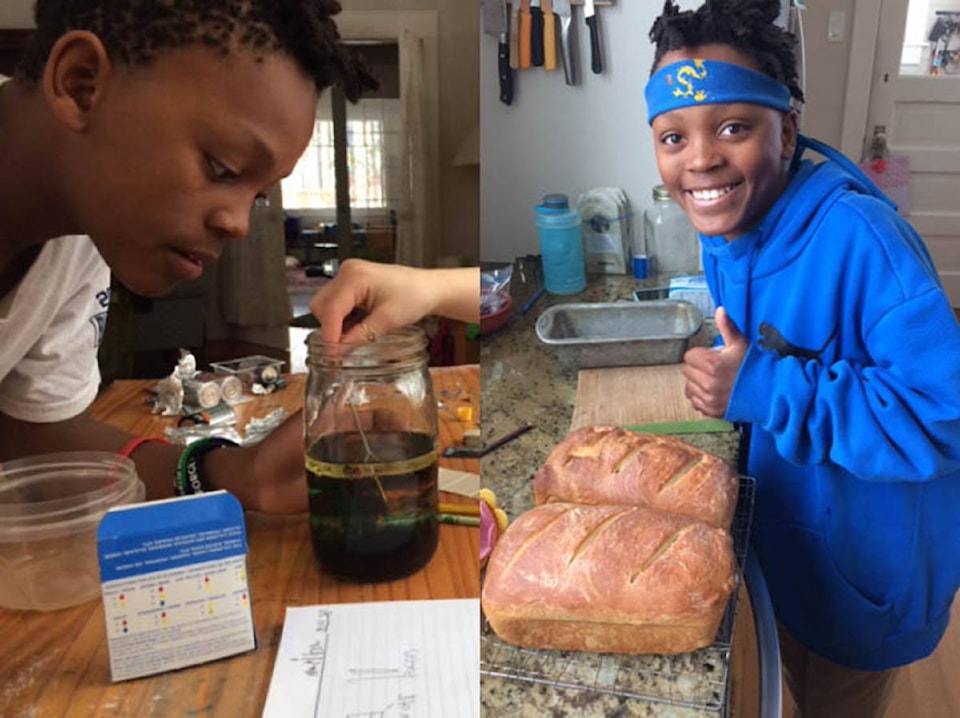As parents struggle to keep kids entertained and educated during this period of social isolation and no school, environmental group Wildsight is offering some simple tips for homeschooling.
Wildsight members from around the region have compiled some fun activities for kids, that combine fun outdoors and in, with a little education.
Jess Williams from Rosalind has three kids at home right now. Here’s her tip:
Using different size spoons (teaspoons all the way up to large soup ladles) kids collect nature items relative to their size of spoon. They can bring these items back to the designated spot and start a collection. This collection can then be put into order of smallest to largest, colour schemes, or created into a piece of nature art. The kids love the challenge of not “spilling” their items out of the spoons while making their way back to the collection spot.
Dave Quinn from Kimberley says take your lead from your child. Explore what they want to learn about and give them time to explore it. Don’t stress about getting things done, and leave plenty of time for play. He has been making bread and yogurt with his kids.
“Lots of reading and math in this one, plus some gratuitous punching and kneading which kids love.”
Get some homeschool spirit going with a homeschool name and sign that your kids create. Have fun with it. At the Quinn house, their homeschool name is Bandito Squirrels Homeschool Academy – his kids love squirrels!
Carrie Ferguson from Golden says her kids are enjoying Nature Frames and Nature Journaling. You don’t even have to go outdoors if you can’t. Make a nature frame (this can be an old picture frame with the backing and glass removed or you can make a frame from cardboard.) Using the frame, ask your child to “zoom” in on one area and journal about what they see. Connect it to math by counting the different colours and species of plants or living things they see in their frame.
Janelle Park from Fernie advises an adventure walk with your family.
Stop often to observe and “wonder” what’s happening in nature today. How is it different from yesterday? What do you think it will look like tomorrow? What animals do you think might live here? Our children’s wonders and questions are a perfect segue into fabulous, inquiry-based learning opportunities.
Ayla Bennett, also from Fernie, is organizing nature scavenger hunts for her kids.
Let nature do what it does best—comfort and connect us when we need it most.
Use a simple nature scavenger hunt to guide your next walk, or if you can’t get outside, create a list of nature nuggets that your kids can see or hear from the window. How many different bird songs can you hear? What do you think their different calls mean? Are they saying good morning? Or maybe warning of a predator? Have your kids play nature “I Spy” —what living thing can you see that is green? Yellow? Purple?
Wildsight will continue to offer home schooling tips through a newsletter. You can sign up here.
